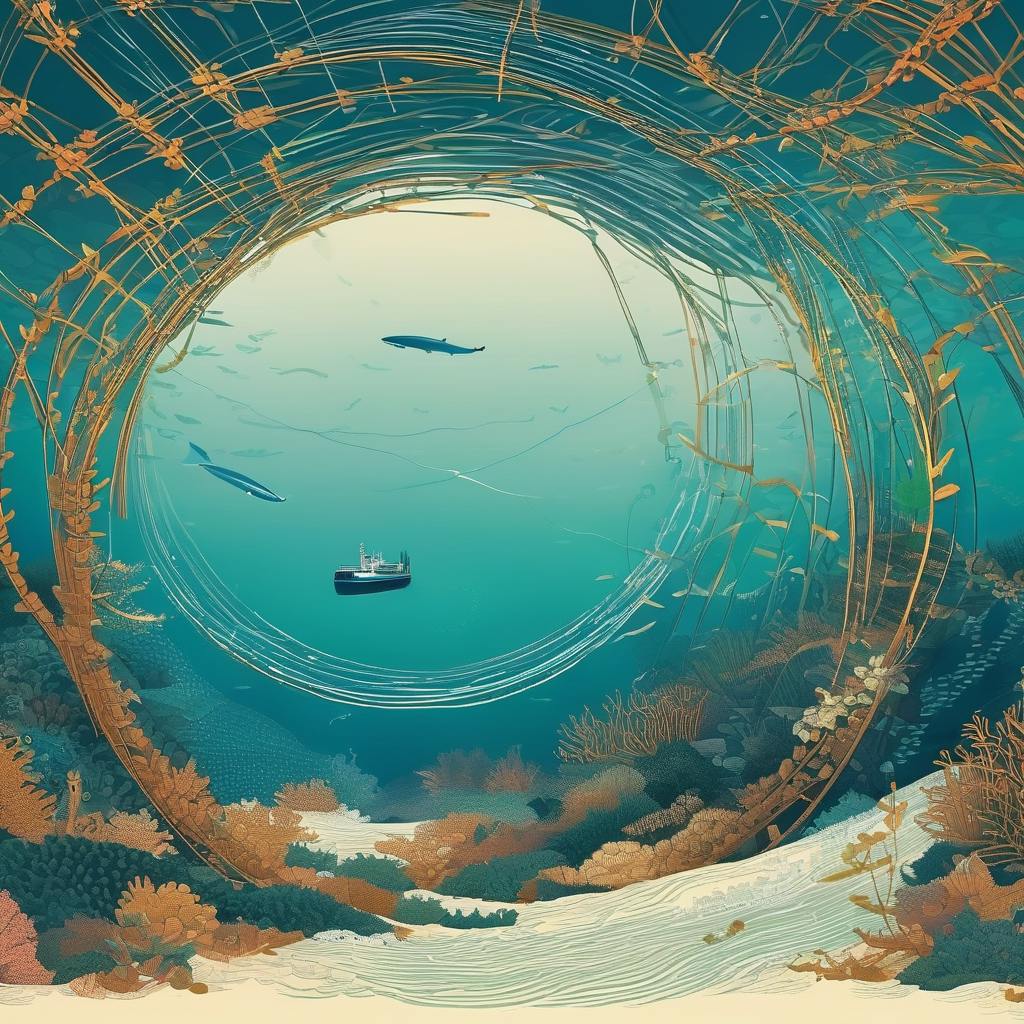You can jump to any part of the United States International Cyberspace & Digital Policy Strategy here. This part is 14 of 38.
Line of Effort 3: Enhance Security and Resilience of Undersea Cables
Undersea cables carry more than 95 percent of the world’s digital traffic. As data continues to proliferate and increase exponentially, so too does demand for cables and other transmission systems. Disruption or destruction of the cables as a result of accidents, natural disasters, or malicious actions could isolate a county, threaten national security, and result in billions of dollars of damage to the economy. Choices made about which vendors to rely on for undersea cable infrastructure, maintenance, and repair operations can either drive development and innovation or lead to new forms of dependency and insecurity. As a result, the Department of State, in coordination with other agencies, will prioritize enhancing the security and resilience of undersea cables.
U.S. firms and other trusted suppliers are leading producers of many network components, embedded technologies, and related services for undersea cables, and they are investing in and financing new undersea cables connecting all regions of the world. The U.S. government will continue to support U.S. and other trusted suppliers in the installation, operation, maintenance, and repair of secure infrastructure as well as to promote a regulatory environment that enables continued investments.
Since 2021, the Department of State has implemented the CABLES program throughout the East Asia Pacific region, responsibly informing essential telecommunications and cables infrastructure stakeholders of the perils of choosing untrusted suppliers. The United States provided capacity building to support five countries using U.S. technology for the South-East Asia-Middle East-Western Europe 6 cable (SMW6), and separately it provided over $22 million in partnership with Australia and Japan to help fund the East Micronesia Cable being built by a Japanese firm. In October 2023, the United States announced that, working with Congress, it would provide, along with Australia, investments totaling $65 million to fund future undersea cable connectivity for Pacific Island countries in order to facilitate access to global markets and the realization of regional connectivity goals. In support of these policy objectives, the United States will continue engaging with the G7 and other multilateral groups to strengthen trusted, multi-layered global connectivity that provides data route diversity, resiliency, and redundancies.
Continue Reading Here.
This post was originally published on May 6, 2024, by the U.S Department of State
